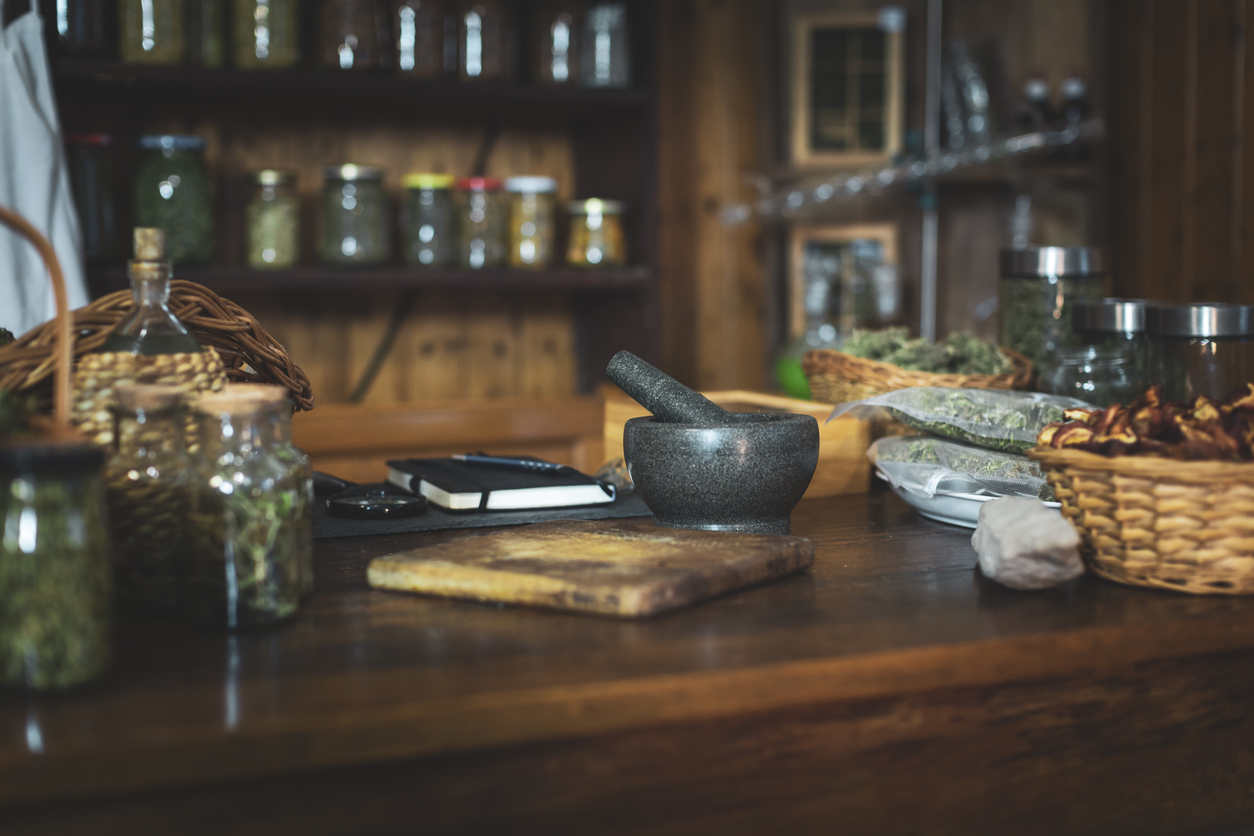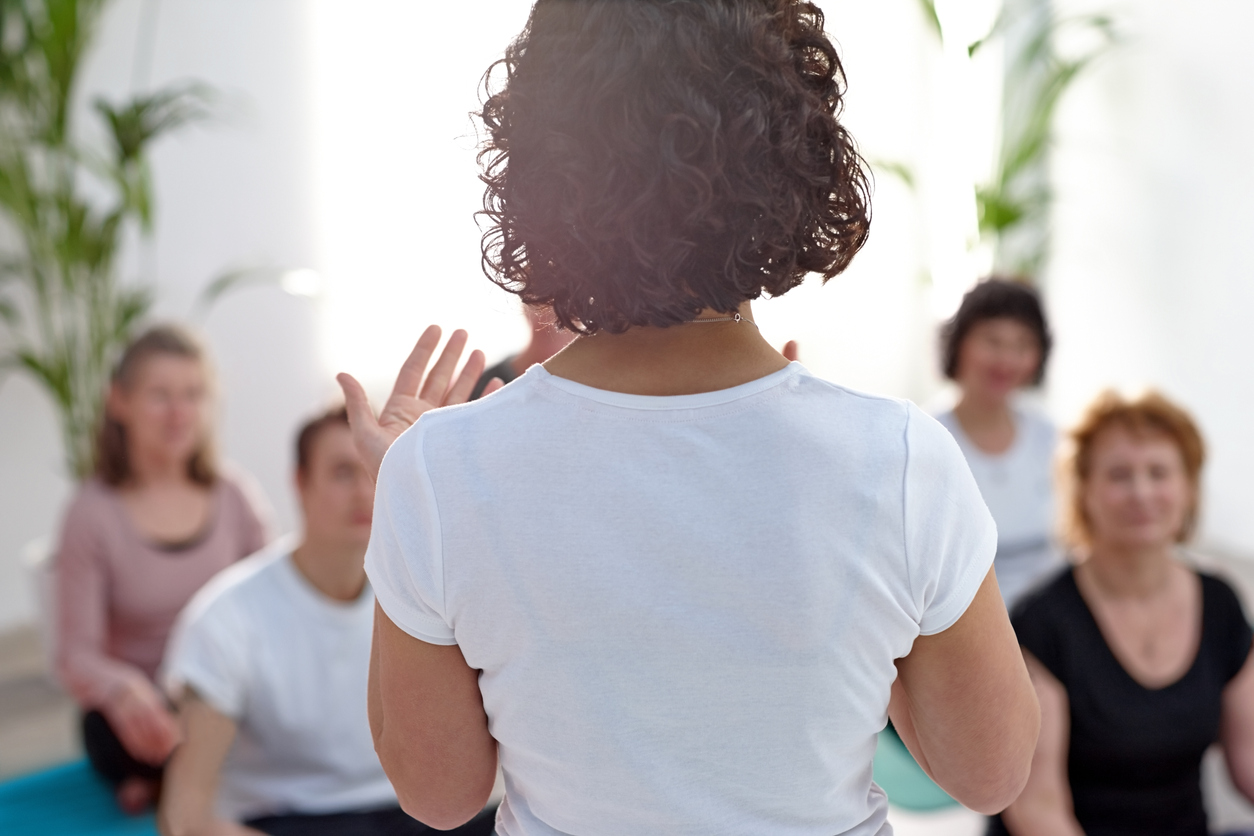The Natural Wonders of MUIH: The Western Herbal Dispensary
| By Nick | 0 Comments

The quest for holistic health and wellness has led many to explore alternative and natural remedies. The Maryland University of Integrative Health (MUIH) has long been a pioneering institution in the field of integrative health, and one of its standout resources is the Western Herbal Dispensary. This herbal haven is a treasure trove of botanical wisdom, offering a range of benefits that cater to the diverse needs of its community. In this article, we’ll delve into the advantages of the Western Herbal Dispensary and why it’s a vital resource for those seeking a more holistic approach to health.
Access to a Wealth of Knowledge
MUIH’s Western Herbal Dispensary is staffed by highly trained herbalists and practitioners who possess a wealth of knowledge about the medicinal properties of plants. This expertise ensures that visitors receive tailored recommendations and guidance on selecting the most suitable herbal remedies for their specific health concerns. Whether you’re a seasoned herbal enthusiast or a newcomer to the world of natural healing, the dispensary offers a valuable educational experience.
Customized Herbal Formulations
One of the standout benefits of the Western Herbal Dispensary is the ability to access personalized herbal formulations. The staff at the dispensary takes into account individual health goals and specific requirements, crafting bespoke remedies that target unique health challenges. This tailored approach goes a long way in enhancing the effectiveness of herbal treatments.
High-Quality, Ethically Sourced Herbs
MUIH places a strong emphasis on sourcing herbs of the highest quality, emphasizing ethical and sustainable practices. This commitment to sourcing premium ingredients ensures that the herbal remedies created at the Western Herbal Dispensary are both potent and environmentally responsible. By choosing these products, visitors can feel confident in their healing journey while also supporting sustainable practices.
Complementary Healthcare Solutions
The Western Herbal Dispensary doesn’t operate in isolation. It’s an integral part of MUIH’s broader approach to integrative healthcare. This means that visitors can access a variety of complementary therapies and services that align with their herbal treatments. Whether it’s acupuncture, nutrition counseling, or yoga therapy, MUIH offers a holistic approach to well-being.
A Community of Support
The Western Herbal Dispensary at MUIH isn’t just a place to pick up herbal remedies; it’s a community that fosters support, learning, and growth. Visitors can connect with like-minded individuals who share an interest in natural health, forming a network that can provide emotional support and camaraderie on their wellness journey.
Empowerment Through Knowledge
MUIH’s commitment to education extends beyond the classroom. The Western Herbal Dispensary empowers visitors to take control of their health by providing them with knowledge about the herbs and remedies they use. This educational aspect is invaluable for those who wish to understand the healing properties of plants and incorporate them into their daily lives.
Enhancing Overall Wellness
The Western Herbal Dispensary is more than just a resource for addressing health issues; it’s a hub for enhancing overall wellness. The remedies available here can be used for preventive health, helping individuals maintain their well-being and vitality. This proactive approach to health is at the heart of MUIH’s philosophy.
The Western Herbal Dispensary at MUIH stands as a beacon of natural healing and integrative health. Its benefits extend far beyond the dispensing of herbal remedies, offering visitors a holistic approach to well-being, empowering them with knowledge, and connecting them with a supportive community. It is a unique and valuable resource of the Herbal Medicine academic programs, which provides the tools and space for students to get hands-on experience creating, formulating, and compounding herbal preparations. The dispensary is also a source of high-quality, custom-compounded formulations produced for clients of the MUIH Natural Care Center and clients of MUIH alumni. Whether you’re seeking a personalized herbal remedy, education on botanical healing, or a network of like-minded individuals, the Western Herbal Dispensary has something to offer. It is, without a doubt, a valuable resource for those embarking on a journey toward holistic health and wellness.





